Transforming 3 million hectares in Latin America into Regenerative Landscapes.
Implementation and Financing of Ecosystem-based Adaptation (EbA) by the Food and Agriculture Sector to Reduce Climate Risk and Environmental Impacts in Latin America
This project is part of the International Climate Initiative (IKI). The Federal Ministry for the Environment, Nature Conservation and Nuclear Safety (BMU) supports this initiative on the decisive basis adopted by the German Bundestag
| Proyect Duration: | June 2022 - May 2028 (6 Years) |
| Consortium Partners: | TNC, UFZ, ECLAC, Nestle |
| Implementing Partners: | CIPAV, FONDAGUA, FONAG, ProYungas, Fundación Gran Chaco |
FUTURE LANDSCAPES PROYECT
Description
Climate change is disrupting Latin America’s agricultural systems – a disruption amplified by COVID-19 as value chains have been upended, driving producers into unsustainable production methods. Through an improved enabling environment for Ecosystem-based Adaptation (EbA), the project will transform 3M ha of agricultural land into regenerative landscapes and benefit climate resilience, biodiversity, productivity, and producers. The project will increase knowledge of EbA agriculture practices and Green Recovery by analyzing challenges and achievements while strengthening regulatory frameworks which promote EbA and eliminating disincentives as populations return from pandemic isolation. The project will develop and test 13 business models with climate and agricultural data and will implement at least five financial instruments/financial risk transfer solutions to enable financing and investment in EbA practices. At least 7,219 producers will adopt these approaches and a multi-stakeholder platform will facilitate public-private-community coordination and promote rapid scaling of adoption.
Latin America's ecosystems, including extensive forests, tropical grasslands, and river basins, are fundamental for food production, food security, the economy, and the global ecological and climate balance. This region, a leader in food exports and responsible for safeguarding 30% of the world’s water reserves, faces increasing threats from climate change and environmental degradation.
In this context, the Future Landscapes project was born.
A leading initiative in Latin America with which we aim to transform 3 million hectares, currently used for conventional ranchingand agriculture, into regenerative landscapes through the implementation of regenerative practices and Ecosystem-based Adaptation measures (EbA), providing a comprehensive approach to the challenges of climate change, food production demands, and environmental degradation.
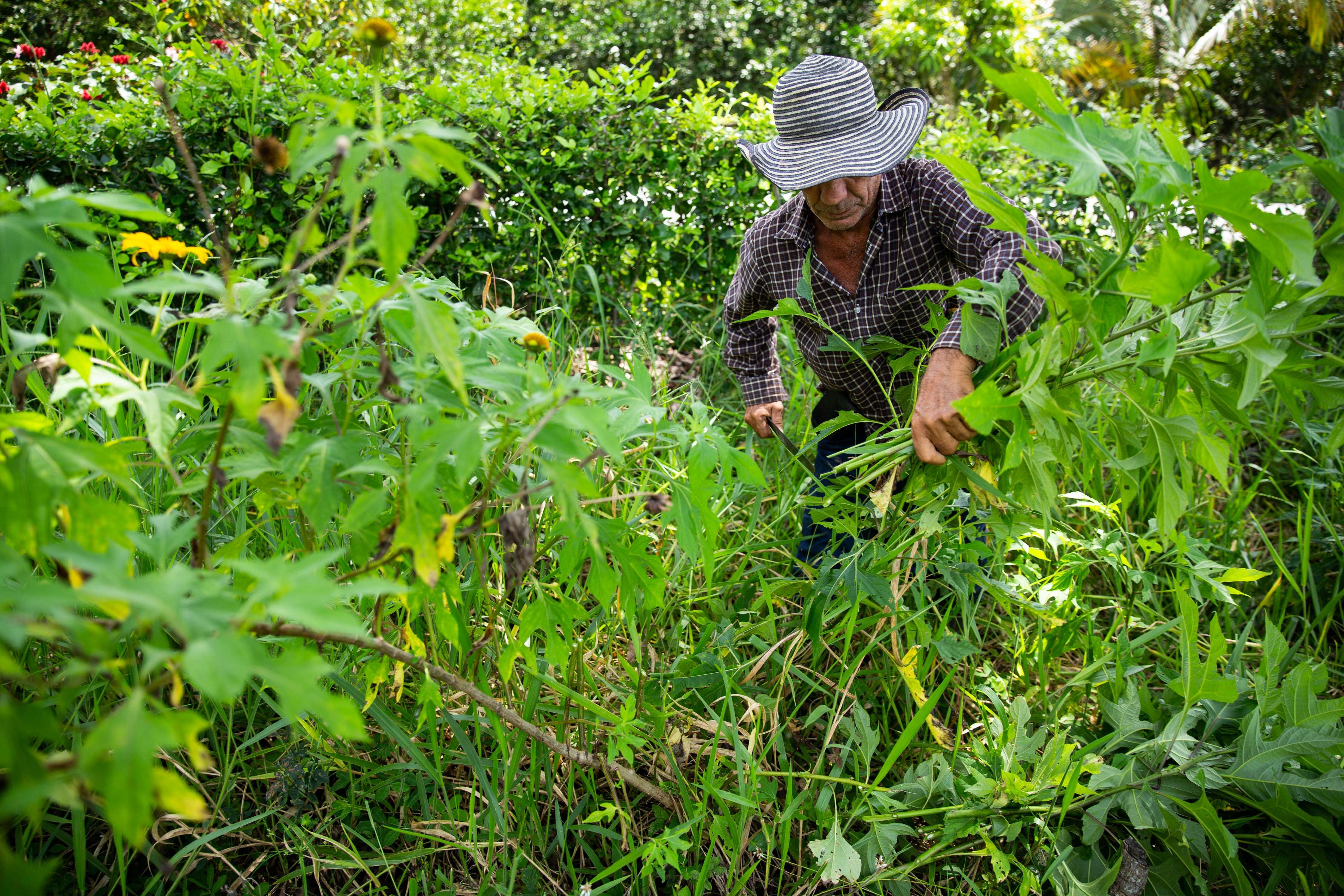
Future Landscapes is a six-year project (2022-2028), funded by the German government’s International Climate Initiative (IKI) and implemented by The Nature Conservancy in partnership with the Helmholtz Centre for Environmental Research (UFZ), and Nestlé.
Our main goal:
Benefit biodiversity, increase productivity, and improve the well-being of producers by promoting practices that achieve a balance between agricultural production, environmental conservation, and climate resilience.
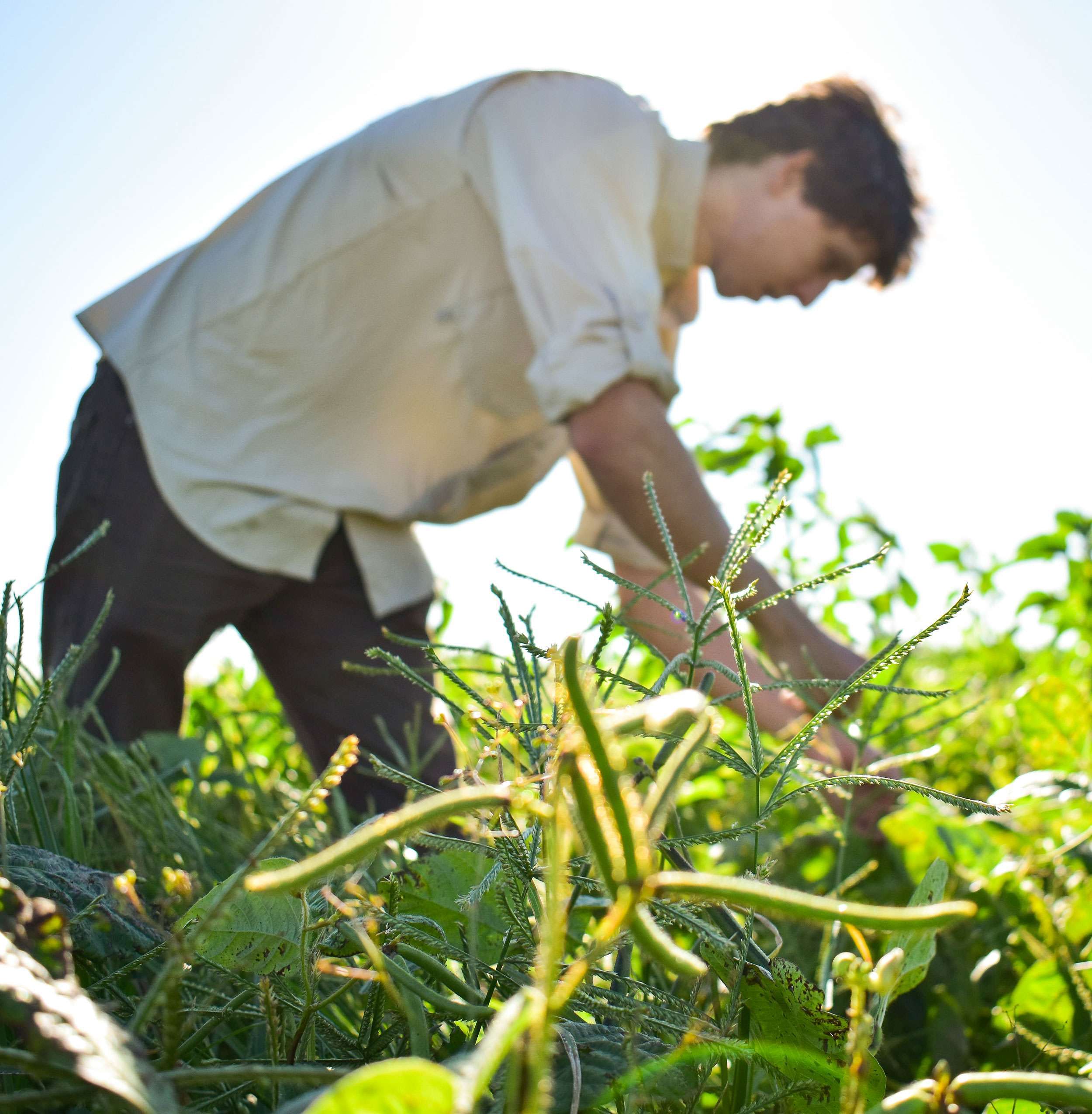

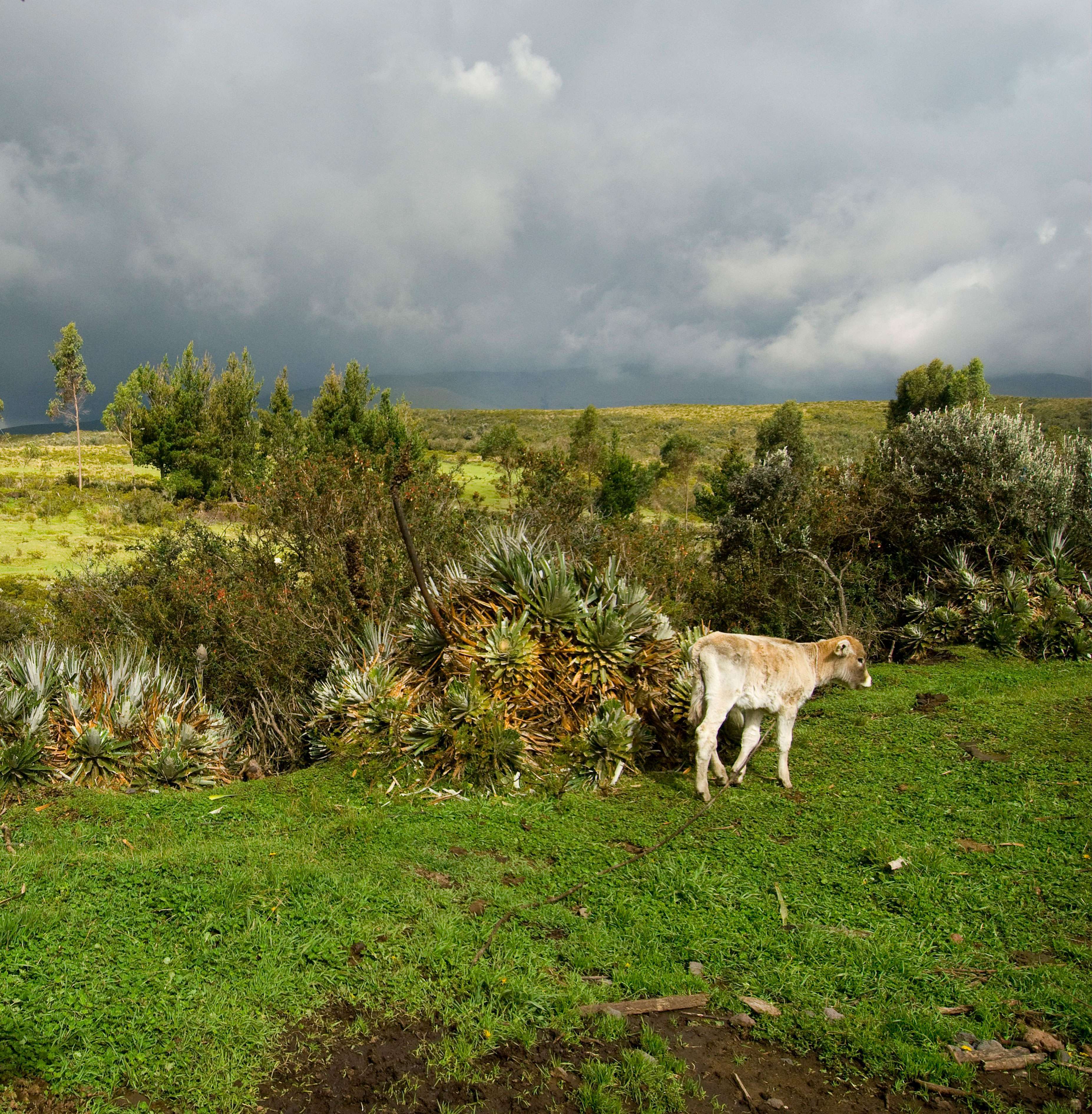
Through Future Landscapes, we have the opportunity to address these threats:
Promoting a collective vision to transform the region’s agriculture and livestock where:
3 million hectares
in Argentina, Colombia, Ecuador, Paraguay, and Peru.
PROJECT IMPACT INDICATORS:
Future Landscapes aims to achieve significant and measurable results in the transformation of ranching and agriculture in Latin America.
These indicators reflect our commitment to landscape sustainability and regeneration, as well as the well-being of producers. Here are the project's key indicators:
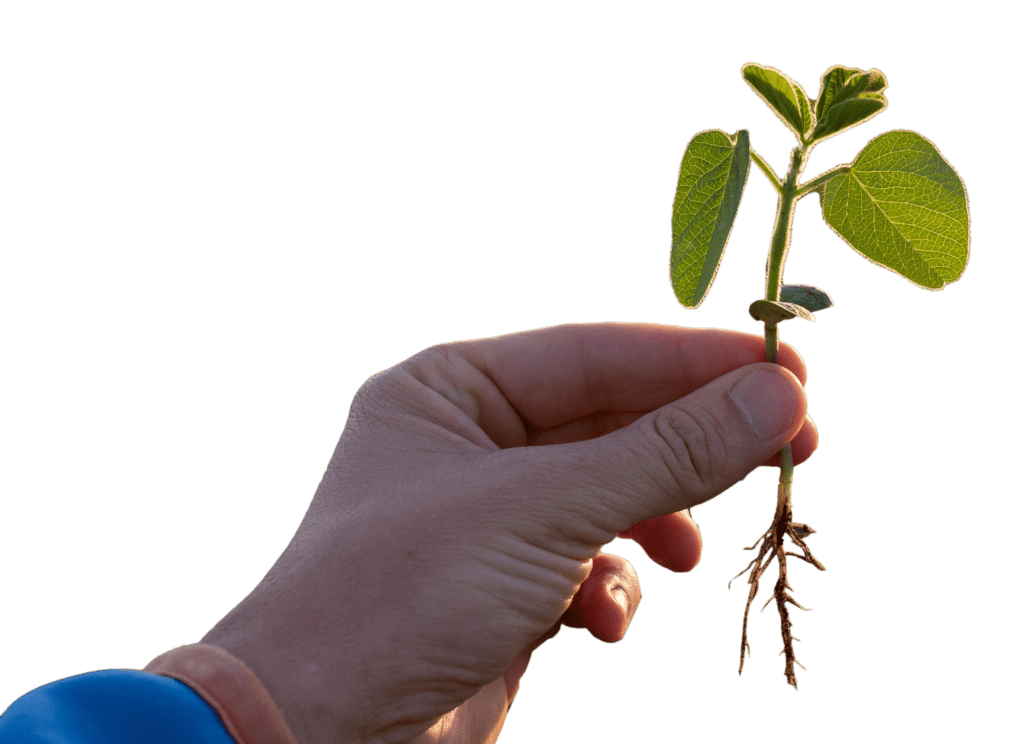
Indicador 2
con oportunidades económicas resilientes en paisajes regenerativos.
Indicator 4
Mobilization of
million in funding, leveraging additional sources (private and public) in the five countries.
PROJECT IMPACT INDICATORS:
Future Landscapes aims to achieve significant and measurable results in the transformation of ranching and agriculture in Latin America.
These indicators reflect our commitment to landscape sustainability and regeneration, as well as the well-being of producers. Here are the project's key indicators:

Indicator 1
3 million hectares
impacted by the start of the transition to Regenerative Ranching and Agriculture.
Indicador 2
con oportunidades económicas resilientes en paisajes regenerativos.
Indicator 3
Greenhouse gas emissions reduced by
from the agricultural sector through the implementation of Regenerative Ranching and Agriculture production systems.
Indicator 4
Mobilization of
million in funding, leveraging additional sources (private and public) in the five countries.
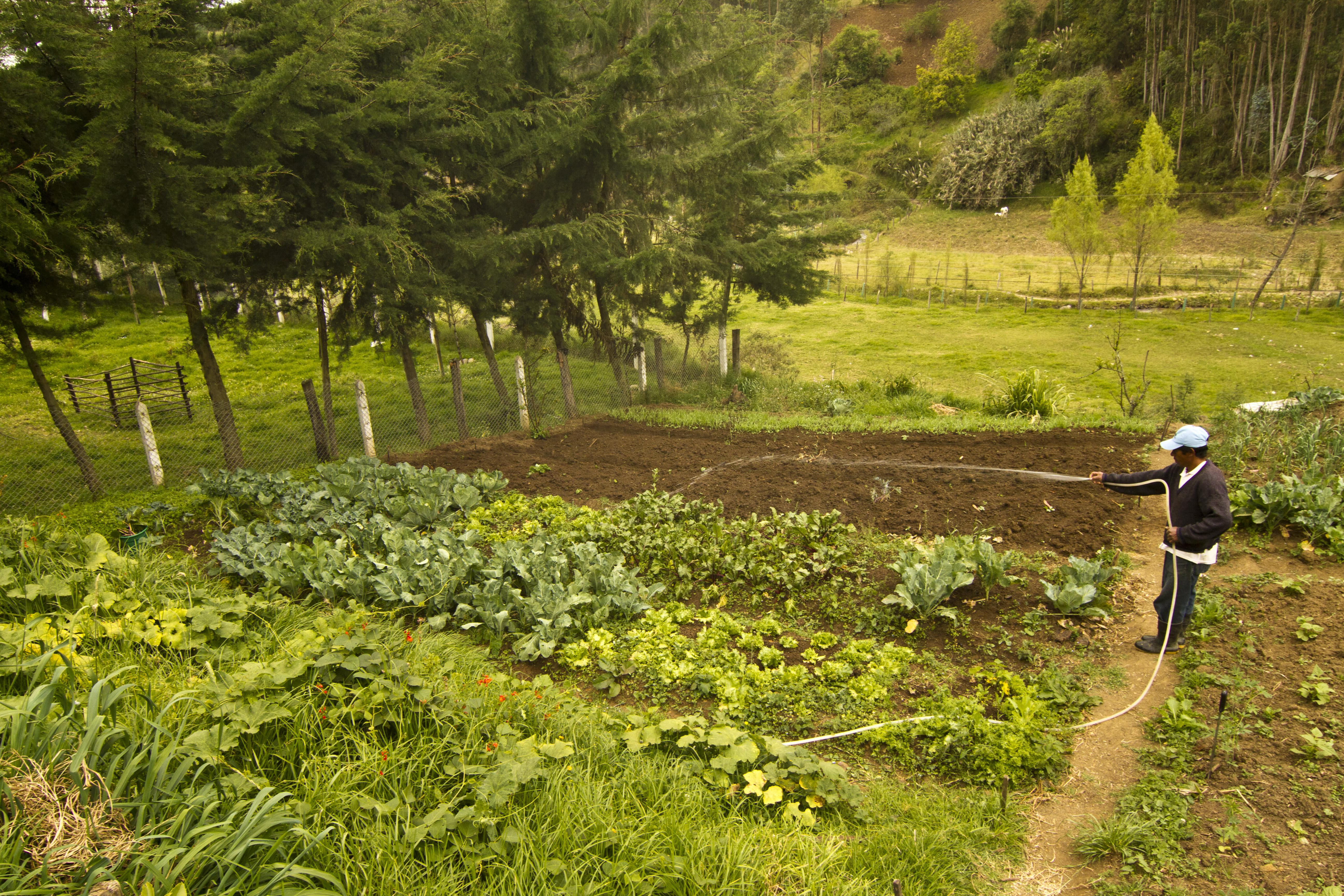
PROJECT IMPACT INDICATORS:
Future Landscapes aims to achieve significant and measurable results in the transformation of ranching and agriculture in Latin America.
These indicators reflect our commitment to landscape sustainability and regeneration, as well as the well-being of producers. Here are the project's key indicators:

PROJECT IMPACT INDICATORS:
Future Landscapes aims to achieve significant and measurable results in the transformation of ranching and agriculture in Latin America.
These indicators reflect our commitment to landscape sustainability and regeneration, as well as the well-being of producers. Here are the project's key indicators:

PROJECT IMPACT INDICATORS:
Future Landscapes aims to achieve significant and measurable results in the transformation of ranching and agriculture in Latin America.
These indicators reflect our commitment to landscape sustainability and regeneration, as well as the well-being of producers. Here are the project's key indicators:

PROJECT IMPACT INDICATORS:
Future Landscapes aims to achieve significant and measurable results in the transformation of ranching and agriculture in Latin America.
These indicators reflect our commitment to landscape sustainability and regeneration, as well as the well-being of producers. Here are the project's key indicators:

PROJECT IMPACT INDICATORS:
Future Landscapes aims to achieve significant and measurable results in the transformation of ranching and agriculture in Latin America.
These indicators reflect our commitment to landscape sustainability and regeneration, as well as the well-being of producers. Here are the project's key indicators:

Indicator 1
3 million hectares
impacted by the start of the transition to Regenerative Ranching and Agriculture.
PROJECT IMPACT INDICATORS:
Future Landscapes aims to achieve significant and measurable results in the transformation of ranching and agriculture in Latin America.
These indicators reflect our commitment to landscape sustainability and regeneration, as well as the well-being of producers. Here are the project's key indicators:

Indicator 2
with resilient economic opportunities in regenerative landscapes.
PROJECT IMPACT INDICATORS:
Future Landscapes aims to achieve significant and measurable results in the transformation of ranching and agriculture in Latin America.
These indicators reflect our commitment to landscape sustainability and regeneration, as well as the well-being of producers. Here are the project's key indicators:

Indicator 3
Greenhouse gas emissions reduced by
from the agricultural sector through the implementation of Regenerative Ranching and Agriculture production systems.
PROJECT IMPACT INDICATORS:
Future Landscapes aims to achieve significant and measurable results in the transformation of ranching and agriculture in Latin America.
These indicators reflect our commitment to landscape sustainability and regeneration, as well as the well-being of producers. Here are the project's key indicators:

Indicator 4
Mobilization of
million in funding, leveraging additional sources (private and public) in the five countries.
Join the Impact Network
Building synergies for a resilient environment in Latin America

